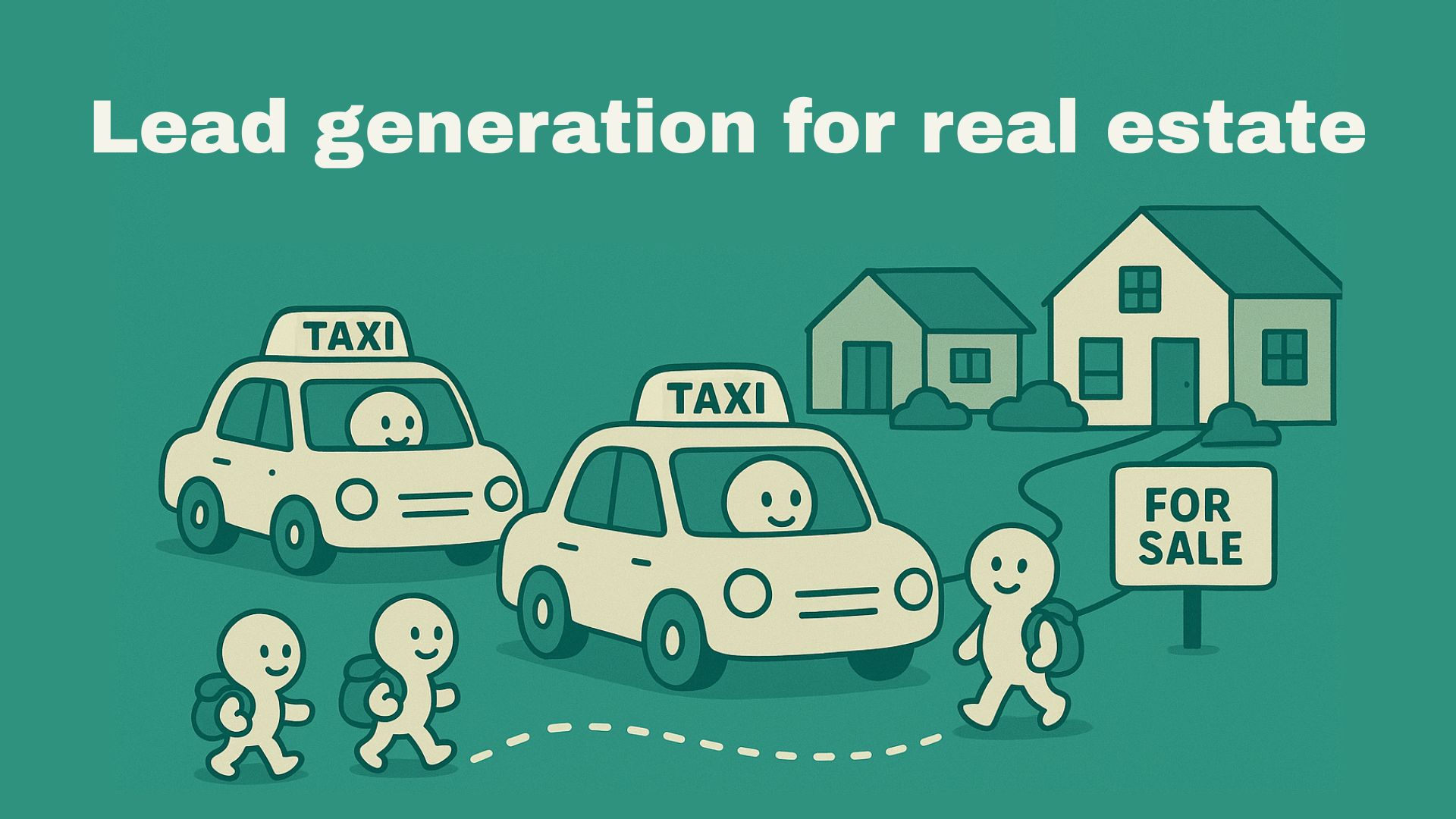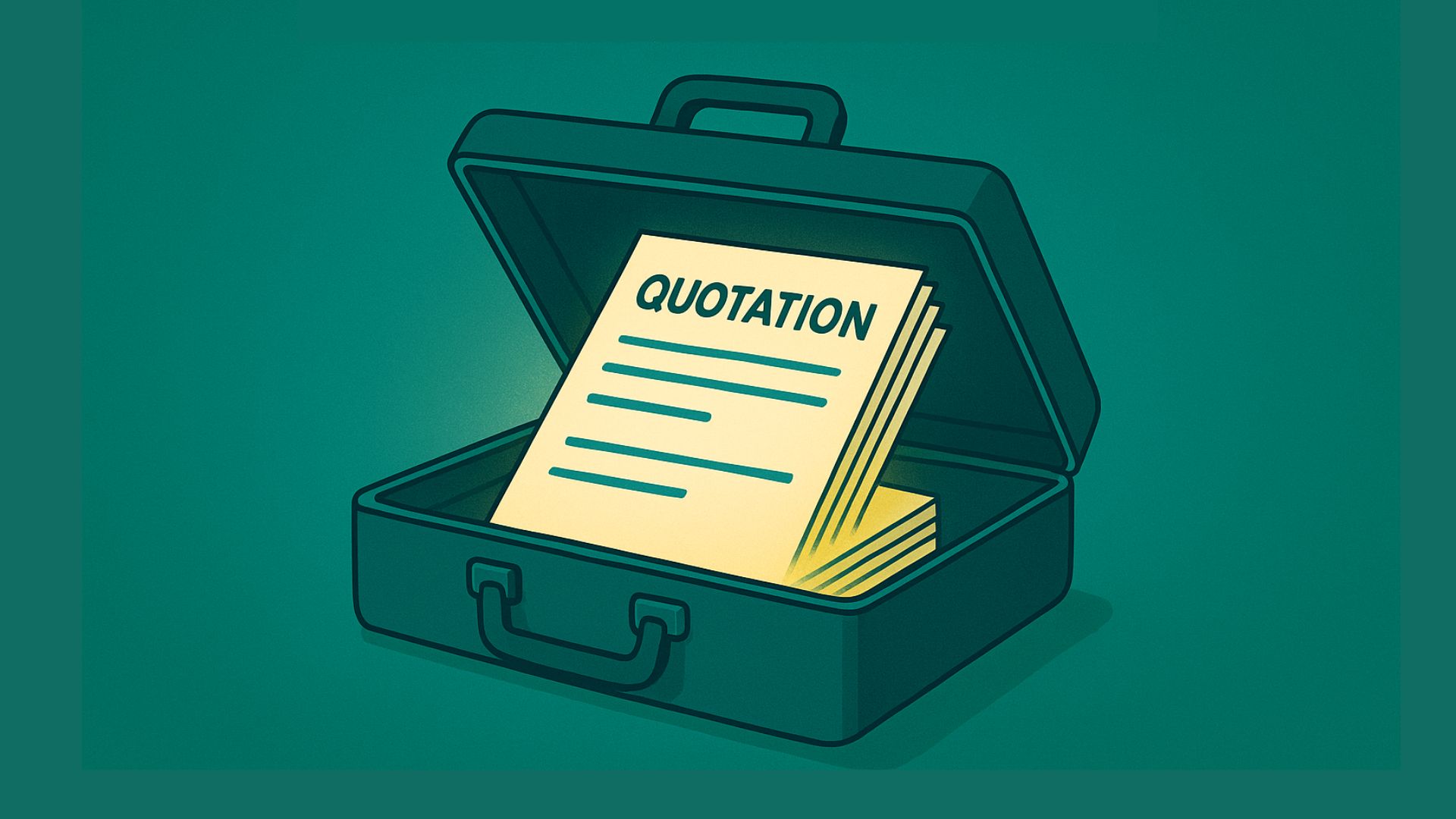

Your company needs a sales development representative to keep the pipeline going. Here’s why SDRs are the backbone of your sales pipeline.
Who is a sales development representative?
Unlike Account Executives (AE), who focus on closing deals, SDRs specialize in outreach efforts like cold calling, cold emails, and social selling. They assess the fit and interest of these leads, and nurture them until they’re ready to convert into paying customers.
In case of inbound queries, essentially, they bridge the gap between sales and marketing teams. While marketing generates interest, a sales development representative picks on those inbound leads, qualifies them based on the ICP and passes it to the Account Executive (AE) for closing the deal.
This division helps AEs to focus on demos and tactical negotiations, streamlining the sales cycle for all parties involved. Both teams perform well in one part of the process, eliminating unnecessary juggling.
What is the role of a SDR in the sales process & their impact?
For leads to reach the sales teams, it is important to maintain a healthy pipeline.
The two most crucial stages a sales development representative is involved in is lead generation and prospecting.
A sales development representative fills the sales pipeline with high quality through broader research and outbound prospecting. To qualify the leads to fit the company’s ICP, they use frameworks like BANT (Budget, Authority, Need, Timeline) and ask a set of questions which include:
- Does the person have buying power?
- Is there an active need?
- When are they looking to make a decision?
According to Gartner, it usually takes about 12+ touches (calls, emails, social) to get a prospect who qualifies against ICP criteria for a meeting (usually an Account Executive), onto the next stage.
With sales development representatives making many initial touches, the pipeline never runs dry. This “constant pipeline replenishment” helps meet revenue goals. For example, in an 18-month case study, a media company outsourced an SDR “pod” and booked 120 meetings worth over $2.1M in new pipeline.
Having a specialized SDR also helps with increased conversion rates. A research by Gartner shows that companies who had dedicated time to SDR sales saw exponentially higher conversion rates. In one comparison, an organization with a trained SDR group converted 40% of leads (good-fit prospects) into opportunities, versus only <5% when leads were left to cold-calling AEs.
In case of inbound sales, when someone downloads a brochure, signs up for a webinar, or fills out a contact form, SDRs jump in to follow up, assess interest, and see if it’s worth pursuing.
This way all the generic calls and unqualified leads can be filtered out, shortening the sales cycle by warming up leads, sending them digital follow-ups, handling objections early, and ensuring clean, effective handoffs.
Quick example of an SDR’s day
How to structure and integrate your SDR team?
Sales development representatives need to have a clear thought process, understand the sales goals, and be equipped with the right tools to perform efficiently. Below are best practices for structuring SDRs to maximize their impact:
🫱🏾🫲🏽 Define clear stages and handoff rules
Have answers to when and how to hand off leads from a SDR to AE.
For example, discuss with your team when they create an opportunity or a “deal” in the CRM, after careful prospecting, which can be considered a Sales Qualified Lead (SQL) and is ready for handoff.
This can differ from company to company. The idea is to bring clarity so no lead falls through pipeline cracks.
📌 Track disqualification and feedback loops
Make sure your team members use a status code to record why a prospect was disqualified or delayed. This data can help both teams to re-target their efforts.
Let’s say, they were a wrong fit, outbound prospecting can have more layers of screening while marketing can adjust messaging for the inbound interests.
📲 Adopt a multi-channel cadence
For SDRs to constantly reach out to prospects through their preferred channel, equip them with all automation tools, email sequences, and call scripts. And if a potential prospect doesn’t respond at first, create an opportunity in the CRM (like Superleap), to automate follow ups ensuring the lead doesn’t go cold.
Emphasize quality, not just volume: Instead of only looking into how many calls-per-day quota, dive into how many of those conversations were meaningful and have a high potential of sales conversion.
Refer this article on how to measure and analyze SDR performance: https://surl.li/ykpujw
🔗 Integrate sales and marketing
Align your SDRs, and AEs with marketing. Have regular sales team meetings to ensure the pipeline is transparent. You can also discuss bottlenecks if any, and refine sales strategies accordingly.
SDRs can also join discovery calls or demo sessions to stay looped into the sales cycle.
💸 Invest in training tools
Sales is a skill in itself. When hiring, many candidates may have the right skills but it is also important to put them to practice and real-life scenarios.
Provide coaching, assist them during calls & conduct review sessions, and role-play objection handling.
What are the key skills every SDR should have?
To thrive in this role, SDRs need a mix of technical skills and personal qualities:
💻 Technical Skills (Trainable, Measurable Abilities)
- Prospecting
- Cold-calling
- Research skills
- CRM & engagement tool experience
🎯 Soft Skills (Human, Interpersonal Abilities)
- Active listening
- Resilience (key in high-volume outbound roles)
- Strong communication (both written and spoken)
- Time management
- Empathy and emotional intelligence
Finally, let’s look at the tools you should equip your team with for SDR sales.
What are the tools that help SDRs work better?
Hiring a SDR will bring about a structure to your sales team, and ease of working. Try it yourself!
Heading text
Nunc sed faucibus bibendum feugiat sed interdum. Ipsum egestas condimentum mi massa. In tincidunt pharetra consectetur sed duis facilisis metus. Etiam egestas in nec sed et. Quis lobortis at sit dictum eget nibh tortor commodo cursus.
Odio felis sagittis, morbi feugiat tortor vitae feugiat fusce aliquet. Nam elementum urna nisi aliquet erat dolor enim. Ornare id morbi eget ipsum. Aliquam senectus neque ut id eget consectetur dictum. Donec posuere pharetra odio consequat scelerisque et, nunc tortor.
Nulla adipiscing erat a erat. Condimentum lorem posuere gravida enim posuere cursus diam.
.svg)






